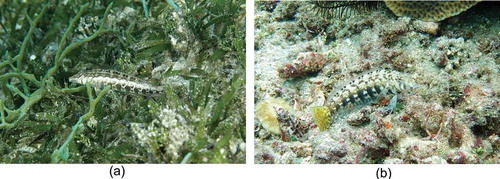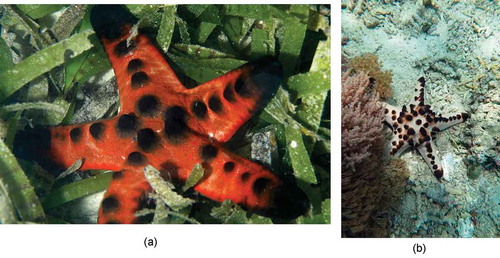Figures & data
Photo 1.1 Seagrass meadows and coral reefs often constitute a seagrass-coral reef continuum or a complex mosaic of habitats. A school of sprat (Spratelloides sp.) is swimming across the two habitats. Photo by Jianguo Du in Trat, Thailand.
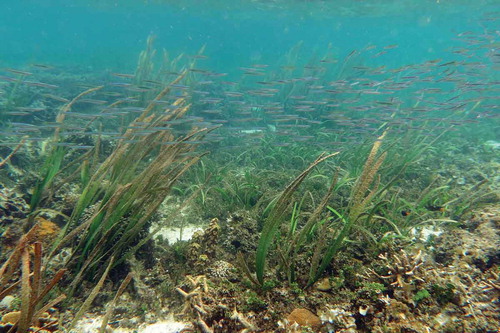
Photo 1.2 Seagrass can act as filters of suspended particles for corals by settling particles on their leaves. Photo by Jianguo Du in Trat, Thailand.

Photo 2.1 Juveniles of barhead spinefoot (Siganus virgatus) with green flat bodies can conceal themselves easily among the green seagrass leaves (2.1 a), while their adults alter their coloration once they move to coastal reef flats (2.1 b). Photo by Jianguo Du in Trat, Thailand.
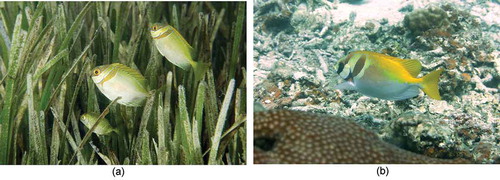
Photo 2.2 A juvenile bell’s sea urchin (Salmacis belli) has a light green body and short spines, typically banded with green or brown colors, to fit in with the seagrass leaves. Adults, in contrast, have white body with brown rectangular clusters of short spines on coral reefs. Photo by Jianguo Du in Trat, Thailand.
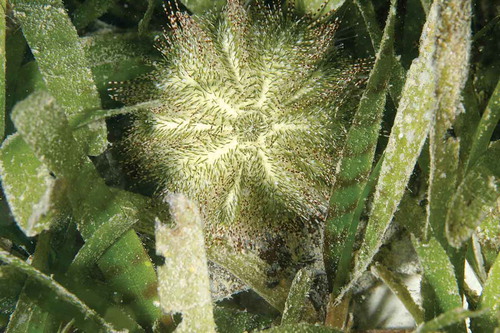
Photo 2.3 A solitary juvenile striped large-eye bream (Gnathodentex aureolineatus) hides in a seaweed-seagrass microhabitat (2.3 a), while the adults form aggregations on coral reefs (2.3 b). Photo by Jianguo Du in Xisha Islands, China.
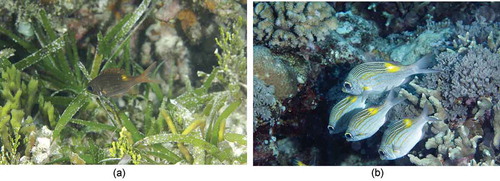
Photo 2.4 Juvenile bicolor cleaner wrasse (Labroides bicolor) utilize rubble cavities in short-leaf seagrass meadows (2.4 a), but the adult cleaners wander on coral reefs in search of other fishes harboring ectoparasites (2.4 b). Photo by Jianguo Du in Johor, Malaysia.
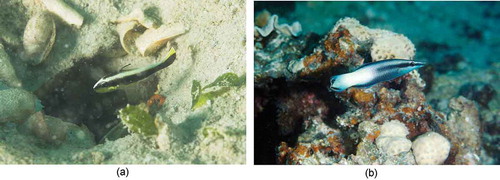
Photo 3.1 A copperband butterflyfish (Chelmon rostratus) with a flat body is hunting invertebrates on seagrass leaves during twilight (3.1 a), whilst adults on coral reefs feed on worms during day time (3.1 b). Photo by Jianguo Du in Trat, Thailand.
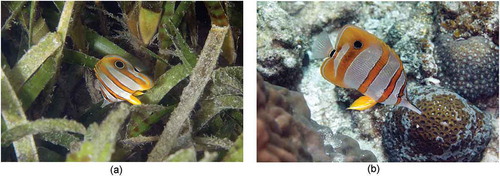
Photo 3.2 A freckled goatfish (Upeneus tragula) with a spindle body is foraging on infaunal prey in the sandy bottom of seagrass meadows at night (3.2 a), and shelters on coral reef areas during day time (3.2 b). Photo by Jianguo Du in Trat, Thailand.
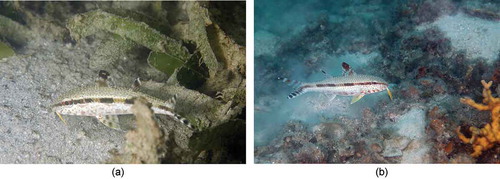
Photo 3.3 A striped sea urchin (Tripneustes gratilla) covered and camouflaged with seagrass leaves in the seagrass-macroalgae microhabitat, feeding on both living and decomposing seagrass leaves (3.3 a). The same species covered with coral and skeletal debris on coral reefs, feeding on microbial and microalgal films (3.3 b). Photo by Jianguo Du in Xisha Islands, China.
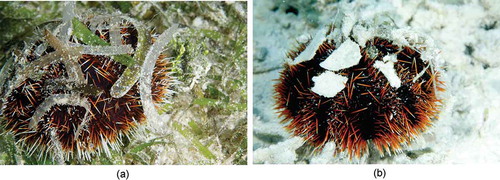
Photo 4.1 A yellow prawn-goby (Cryptocentrus cinctus) strays from its cavity under the protection of sparse seagrass leaves (4.1 a), but is more cautious when its cavity is solely surrounded by bare sand patches (4.1 b). Photo by Jianguo Du in Johor, Malaysia.
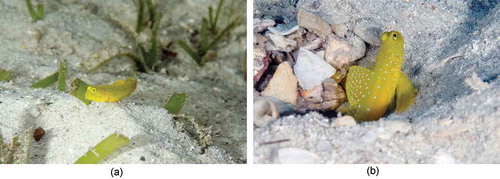
Photo 4.2 A glass anemone shrimp (Periclimenes brevicarpalis) wanders from its commensal anemone using the adjoining seagrass-leaf microhabitat as protective cover (4.2 a), but rarely leaves its host anemone on the coral reef (4.2 b). Photo by Jianguo Du in Johor, Malaysia.
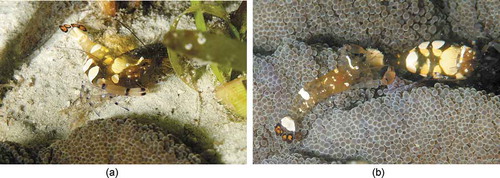
Photo 4.3 A longfin grouper (Epinephelus quoyanus) has adjusted its body coloration and patterning to match that of the hard substratum microhabitat within lush seagrass meadows (4.3 a), a behavior which is also employed on coral reefs (4.3 b). Photo by Jianguo Du in Trat, Thailand.

Photo 4.4 A cylindrical sandperch (Parapercis cylindrica) has adjusted its body coloration and patterning of blotches and stripes to that of the microhabitat background (mixture of seagrass, fleshy algae, sponge and sand patches) in seagrass meadows (4.4 a) and coral reefs (4.4 b). Photo by Jianguo Du in Xisha Islands, China.
